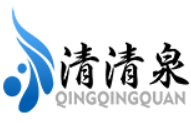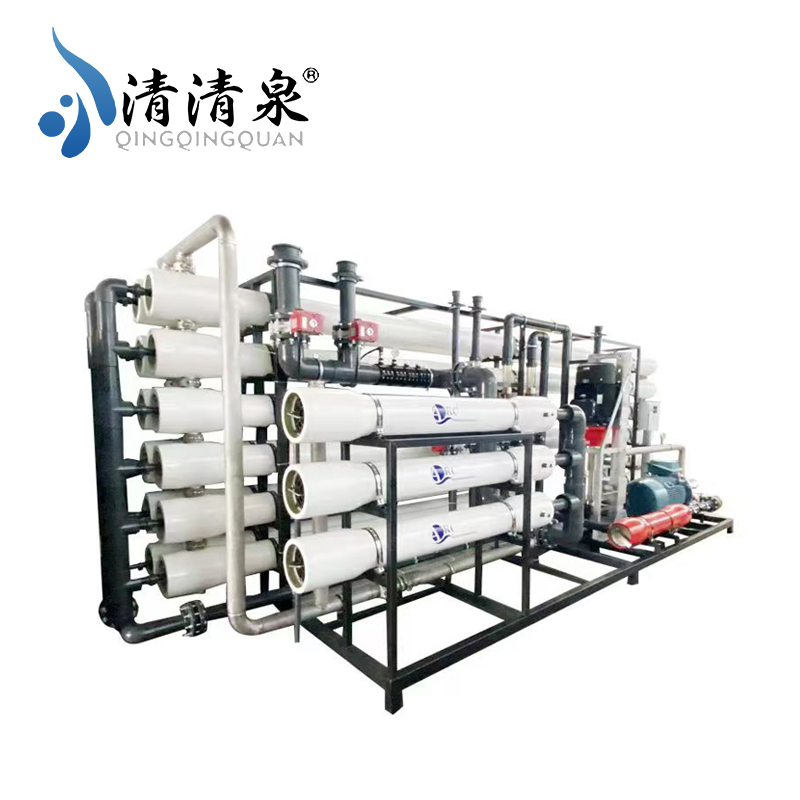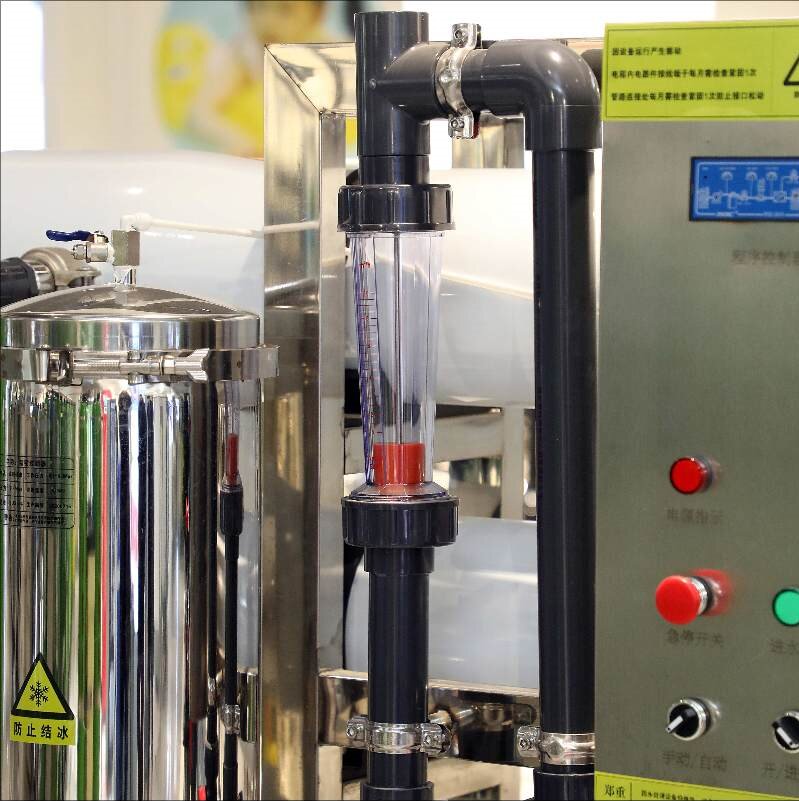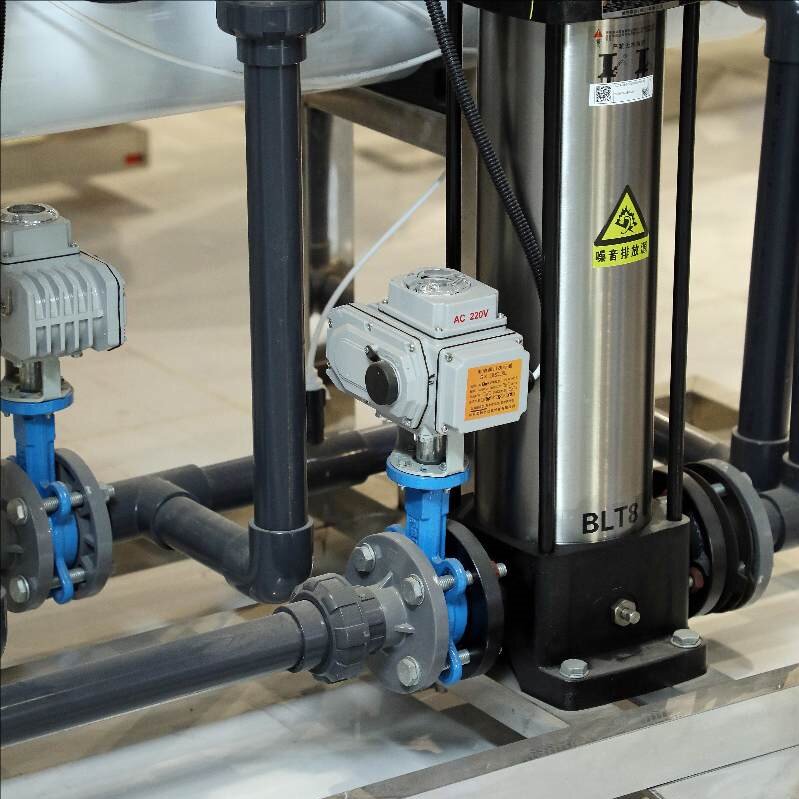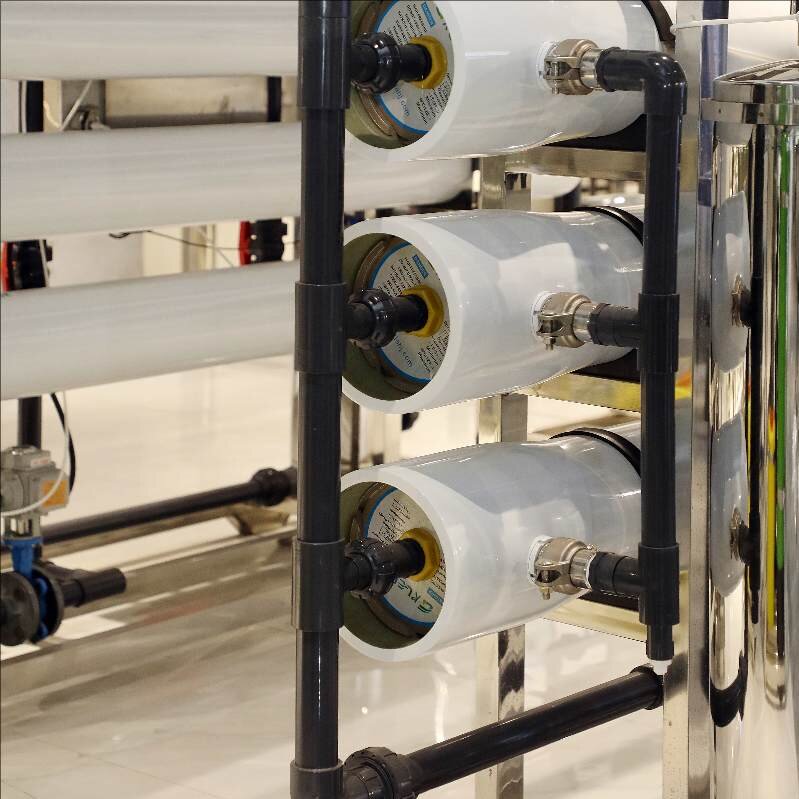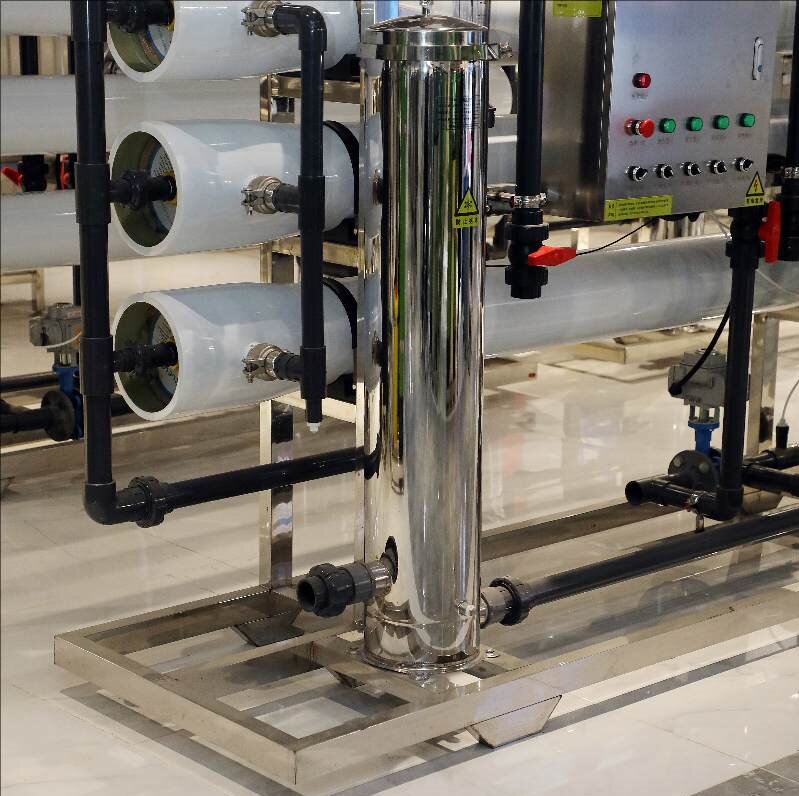
- Qingqingquan
- Shandong
- 20 days
- 300 units per month
How does TRILITE’s RO + EDI system outperform traditional chemical-based UPW solutions? Lower costs, zero wastewater. Explore the full semiconductor water treatment guide.
Ultrapure Water System for Semiconductors: TRILITE RO + EDI vs. Traditional Methods

I. Why does the semiconductor industry need "chemical-free" ultrapure water?
In semiconductor manufacturing, the purity of ultrapure water (UPW) directly determines wafer yield. Traditional processes rely on chemical regeneration of mixed-bed resins, resulting in:
⚠️ Risk of TOC contamination: acid and alkali residues may cause wafer surface defects
⚠️ High operating costs: annual chemical purchases account for more than 35% of the water treatment budget (according to the 2023 SEMI report)
✅ The TRILITE solution achieves through the three-stage synergistic RO membrane-EDI-resin:
- Stable electrical resistivity ≥ 18.2 MΩ-cm (25°C)
- TOC content <1 ppb
- 60% reduction in wastewater discharge

II. TRILITE core technology: RO membrane + EDI + resin synergy
1. Highly anti-pollution RO membrane pretreatment
- Polyamide composite membrane with cross-flow design, SiO₂ retention rate >99.7%.
- Compared to traditional rolled RO membrane: 20% higher flux and extended cleaning cycle to 12 months.
2. Chemical-free desalination of EDI module
- Patented layered ion exchange membrane technology, no need for acid or alkali regeneration.
- Measured data: RO water (10-50 μS/cm) can be processed to 0.055 μS/cm in one step.
3. TOC control of terminal polishing resin
- Nuclear grade mixed-bed resin loading 40% less than traditional solutions
- Unique boron/lithium selective adsorption function (key for semiconductor water)

III. Equipment selection guide: according to the water source water quality matching program
| Source Water Parameter | Recommended Configuration | Product Water Specification |
|---|---|---|
| Conductivity ≤500 μS/cm | TRL-RO4040 + EDI2000 | Resistivity ≥17.5 MΩ·cm |
| High Hardness Water | Softener + TRL-RO8040 + Dual-stage EDI | SiO₂ <0.5 ppb |
| Reclaimed Water Reuse | UF Pretreatment + TRILITE Series | TOC <0.5 ppb |
❗ Note: Additional ozone oxidation unit is required for influent COD>2 mg/L.

IV. TRILITE major differentiators
1. System Integration
• TRILITE: Pre-optimized fluid path, 15% lower pressure loss
2.Response time
• 48 hours of technical support from factory
V. Customer testimonial: Case study of a 3D NAND factory in Asia
- Challenge: 0.8% wafer defect rate due to TOC fluctuation of the existing system
- Solution: Replacement of legacy mixed beds with a full range of TRILITE systems.
- Result:
• UPW stability increased to 99.92%.
• Annual chemical cost savings of $420,000
VI. Frequently Asked Questions
Q1: What is the life expectancy of the TRILITE EDI module?
A: Design life is 7 years, in actual operation, it is recommended to replace the module in 5 years (depending on the SDI value of the influent water).
Q2: Is the program applicable to the photovoltaic industry?
A: Configuration can be adjusted for solar cell cleaning, but attention should be paid:
• Photovoltaic water has more stringent requirements for copper ions
• It is recommended to add a special chelating resin tank
Get a free program consultation today!























